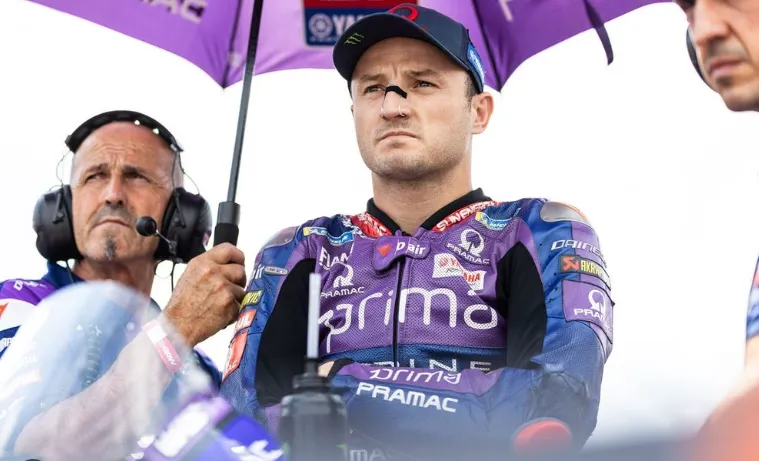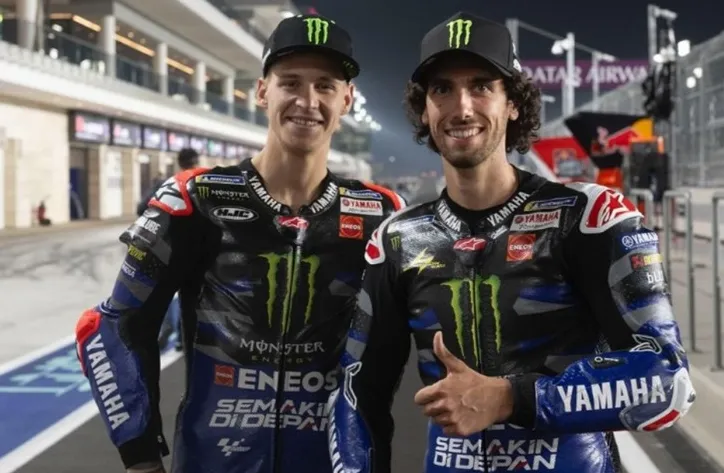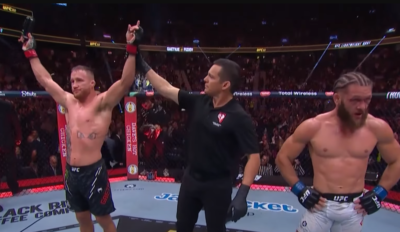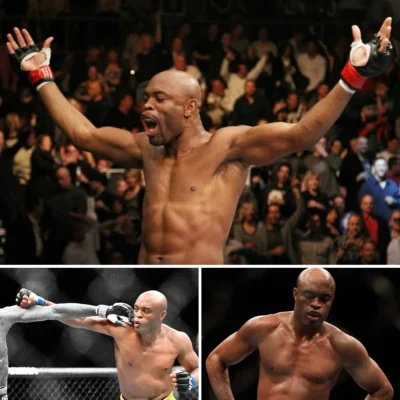
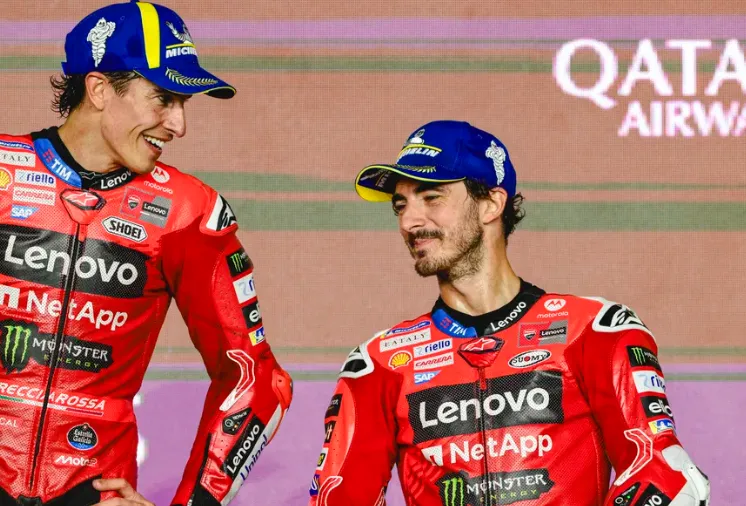
Pecco Bagnaia reveals: Ducati intentionally puts racing pressure on him and Marc Marquez
In a surprising revelation that has stirred the MotoGP paddock, Francesco “Pecco” Bagnaia has opened up about the psychological tactics employed by Ducati to push its top riders. According to Bagnaia, the Italian manufacturer doesn’t just build world-class machinery—they also engineer internal competition to create pressure-cooker scenarios that force riders to elevate their game. In particular, Bagnaia claims that Ducati deliberately applies pressure on both him and Marc Marquez to get the absolute maximum performance.
This strategic mind game, while risky, may explain Ducati’s dominance in recent seasons. But it also raises questions: Is this environment sustainable for the long term? How does this approach affect the mindset of elite riders like Bagnaia and Marquez? And what does this say about Ducati’s ambitions in the ever-evolving MotoGP championship?
Pecco Bagnaia and Marc Marquez: A Superteam Under Pressure
When Ducati signed Marc Marquez for the 2025 MotoGP season, fans and analysts alike were stunned. Bringing together the reigning world champion Bagnaia and a six-time premier class titleholder like Marquez was a blockbuster move. But as Bagnaia now reveals, this union came with its own set of strategic complications.
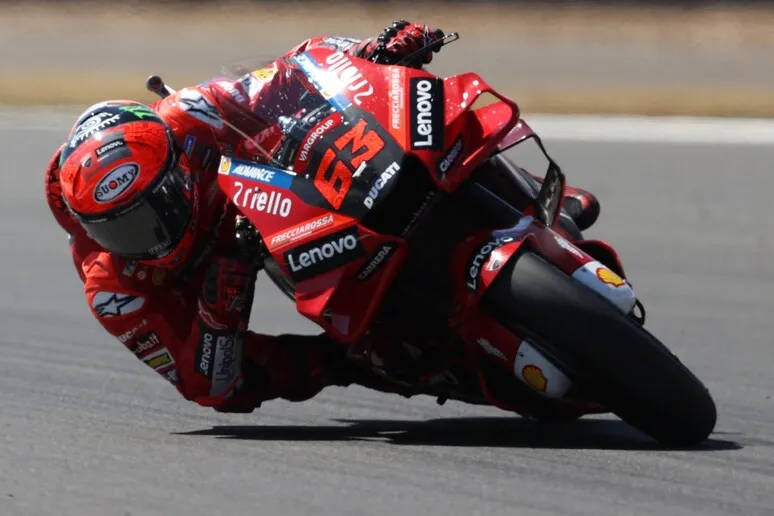
In a recent interview, Bagnaia stated:
“They [Ducati] want to keep the pressure high. Not just from the outside, but from within. They expect a lot from both Marc and me.”
This is not just about media hype or fan expectations. Ducati has reportedly set up internal benchmarks and psychological challenges, designed to keep both riders operating at their limit. This includes direct comparisons in data analysis meetings, shared testing schedules, and subtle managerial cues that suggest internal rivalry is not only expected—it’s encouraged.
The logic is simple: when you have two alpha riders, you either manage the situation or let it explode. Ducati has chosen the former by deliberately creating an intense competitive environment that forces both Bagnaia and Marquez to bring their A-game every single weekend.
Ducati’s Psychological Strategy: The Pursuit of Perfection
MotoGP is no longer just about raw talent and fast bikes. The modern era is dominated by marginal gains, mental strength, and precision under pressure. Ducati seems to have embraced this philosophy more than any other team.
Bagnaia’s revelation sheds light on a deeper organizational culture within Ducati. This is a team that isn’t satisfied with winning—they want dominance. By creating an internal rivalry between two of the most successful riders in recent memory, Ducati is essentially trying to replicate race-day intensity during every practice session and debrief.
Sources close to the team suggest that Ducati engineers will often highlight how one rider is outperforming the other in specific corners or braking zones. These micro-comparisons may seem trivial, but in the high-stakes world of MotoGP, they can be psychologically taxing.
Bagnaia admitted:
“There are times when I feel like every tenth of a second is scrutinized. But that’s also what pushes me to improve.”
Marc Marquez: Thriving or Surviving Under Ducati Pressure?
While Bagnaia has become somewhat accustomed to Ducati’s internal expectations, Marc Marquez is navigating new terrain. The former Honda superstar is known for his aggressive riding style and relentless will to win. But at Ducati, he is not the undisputed number one.
Marquez’s early races in the red livery have shown flashes of brilliance, but also moments of overreach. Some insiders believe that the added pressure of living up to Ducati’s internal standards is affecting Marquez’s consistency.
Nevertheless, Marquez remains upbeat. He recently commented:
“I came to Ducati knowing it would be a challenge. Competing against Pecco on equal terms is exactly what I wanted.”
Still, the question remains: Will Ducati’s high-pressure approach extract the best from Marquez or eventually lead to burnout?
Team Dynamics: Cooperation or Controlled Chaos?
One of the most intriguing aspects of this situation is how Ducati balances cooperation and competition. Despite the tension, Bagnaia insists that there is mutual respect between him and Marquez. However, he admits that sharing a garage with a living legend adds complexity to race weekends.
The team carefully manages who gets which upgrades and when. This is done to maintain parity, but it also fuels speculation. For example, if Marquez gets a new swingarm before Bagnaia, the media frenzy begins. Ducati appears to thrive on this drama, using it as a tool to keep both riders sharp.
Is Ducati’s Method Sustainable?
Creating an ultra-competitive environment has short-term benefits. It can lead to podiums, titles, and worldwide acclaim. But is this a sustainable strategy over multiple seasons?
Bagnaia, who has now been with Ducati long enough to understand its inner workings, suggests that mental fatigue could become a real issue. He acknowledged that while the internal pressure helps him evolve as a rider, it also demands significant emotional bandwidth.
“It’s not easy. You go home and you’re still thinking about how you could have braked later in Turn 3. That’s the kind of mental load we carry.”
For now, the results justify the means. Ducati remains at the top of the constructors’ standings, and both Bagnaia and Marquez are in the top five of the riders’ championship. But the emotional toll is something to watch as the season progresses.
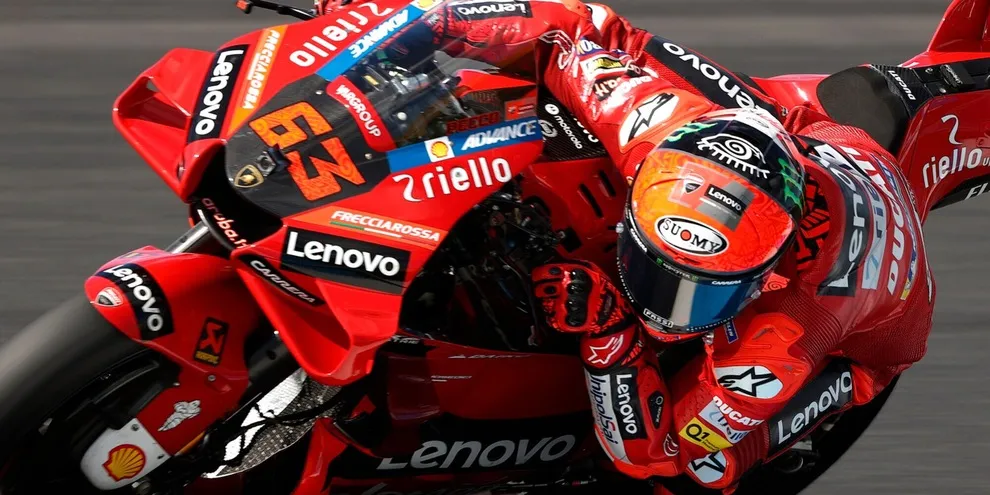
Fans React: Excitement Meets Concern
MotoGP fans are torn. On one hand, they’re witnessing a golden era for Ducati. Having two elite riders in the same team is a dream scenario for entertainment. Every race feels like a showdown.
On the other hand, there’s concern about whether this pressure-cooker atmosphere could lead to internal implosion. We’ve seen it before in MotoGP—when two top riders are pushed too hard, the relationship can sour, and the team suffers as a result.
Social media is abuzz with theories and breakdowns of each rider’s body language in press conferences. Every missed handshake or sidelong glance is analyzed. Ducati may be fueling the rivalry for performance, but they’re also feeding the fire of public speculation.
Conclusion: The Ducati Experiment in High-Stakes Competition
Pecco Bagnaia’s candid comments offer a rare glimpse into the psychological warfare happening behind the scenes at Ducati. The strategy of applying intentional pressure on both Bagnaia and Marquez is bold, controversial, and undeniably effective.
But like all high-risk strategies, it comes with potential pitfalls. The mental and emotional cost for the riders is real. Yet, in an era where championships are often decided by fractions of a second, Ducati appears willing to push boundaries to stay ahead.
Whether this model becomes a blueprint for other teams or a cautionary tale will depend on how the 2025 season unfolds. For now, Ducati remains the team to beat—and Bagnaia and Marquez are at the epicenter of one of the most intense intra-team rivalries MotoGP has ever seen.
One thing is certain: in Ducati’s world, pressure isn’t a byproduct—it’s a performance tool. And for Bagnaia and Marquez, every lap is not just a race against the clock but a race against each other.








